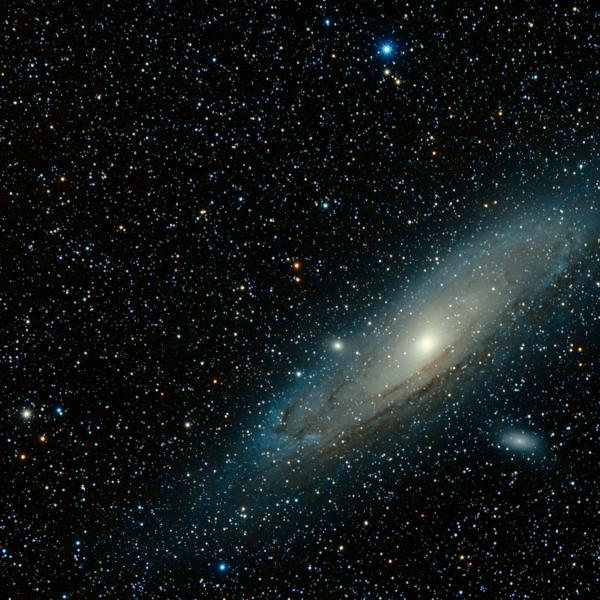Astrophysics Major
As an astrophysics major, you’ll study the life cycles of stars, planets, galaxies, nebulae and other objects in the universe by applying the laws of physics to astronomical observations. Astrophyics draws from the fields of physics, chemistry, math, and earth and planetary sciences.
sample courses:
This course covers the physics needed for higher-level astrophysics courses, and is a requirement for those courses. Furthermore, it gives a first introduction to several topics in modern astrophysics, including stars (stellar structure and evolution), compact objects (neutron stars and black holes), galaxies (galactic structure), and cosmology. The course should be taken by everybody interested in astrophysics.
In these lectures, the focus is on the dynamics and statistical mechanics of a collection of stars, which is treated as a collisionless system. The course begins with a discussion of potential theory and proceeds to discuss the density and phase distributions of stars in star clusters and galaxies, thus leading to an understanding of the equilibria and stability of these systems. Topics such as Chandrasekhar's dynamical friction, galaxy formation, and dark matter will constitute the final topics of discussion.

